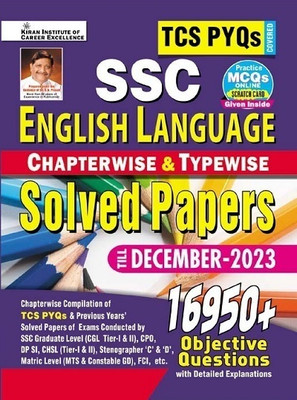
Pharmaceutics I for B. PHARMACY - PCI SYLLABUS - textbook (Paperback, DR. NILIMA A. THOMBRE, DR. HARSHAD S. KAPARE,DR. SANJAY J. KSHIRSAGAR, DR. SOHAN S. CHITLANGE)
Price: Not Available
Currently Unavailable
Highlights
- Binding: Paperback
- Publisher: TECHNICAL PUBLICATIONS, PUNE
- ISBN: 9789390770601
- Edition: FIRST EDITION, 2022
- Pages: 292
Description
UNIT - I
· Historical background and development of profession of pharmacy : History of profession of Pharmacy in India in relation to pharmacy education, industry and organization, Pharmacy as a career, Pharmacopoeias: Introduction to IP, BP, USP and Extra Pharmacopoeia. (Chapter - 1)
· Dosage forms: Introduction to dosage forms, classification and definitions (Chapter - 2)
· Prescription: Definition, Parts of prescription, handling of Prescription and Errors in prescription. (Chapter - 3)
· Posology: Definition, Factors affecting posology. Pediatric dose calculations based on age, body weight and body surface area. (Chapter - 4)
UNIT - II
· Pharmaceutical calculations: Weights and measures – Imperial and Metric system, Calculations involving percentage solutions, alligation, proof spirit and isotonic solutions based on freezing point and molecular weight. (Chapter - 5)
· Powders: Definition, classification, advantages and disadvantages, Simple and compound powders – official preparations, dusting powders, effervescent, efflorescent and hygroscopic powders, eutectic mixtures. Geometric dilutions. (Chapter - 6)
· Liquid dosage forms: Advantages and disadvantages of liquid dosage forms. Excipients used in formulation of liquid dosage forms. Solubility enhancement techniques. (Chapter - 7)
UNIT - III
· Monophasic liquids: Definitions and preparations of Gargles, Mouthwashes, Throat Paint, Eardrops, Nasal drops, Enemas, Syrups, Elixirs, Liniments and Lotions. (Chapter - 8)
· Biphasic liquids:
· Suspensions : Definition, advantages and disadvantages, classifications, Preparation of suspensions; Flocculated and Deflocculated suspension and stability problems and methods to overcome. (Chapter - 9)
· Emulsions: Definition, classification, emulsifying agent, test for the identification of type of Emulsion, Methods of preparation and stability problems and methods to overcome. (Chapter - 10)
UNIT - IV
· Suppositories: Definition, types, advantages and disadvantages, types of bases, methods of preparations. Displacement value and its calculations, evaluation of suppositories. (Chapter - 11)
· Pharmaceutical incompatibilities : Definition, classification, physical, chemical and therapeutic incompatibilities with examples. (Chapter - 12)
UNIV - V
· Semisolid dosage forms : Definitions, classification, mechanisms and factors influencing dermal penetration of drugs. Preparation of ointments, pastes, creams and gels. Excipients used in semi solid dosage forms. Evaluation of semi solid dosages forms. (Chapter - 13)
Read More
Specifications
Book Details
| Publication Year |
|
| Number of Pages |
|
University Books Details
| Degree/Diploma |
|
Additional Features
| Age Group |
|
Be the first to ask about this product
Safe and Secure Payments.Easy returns.100% Authentic products.
Back to top




